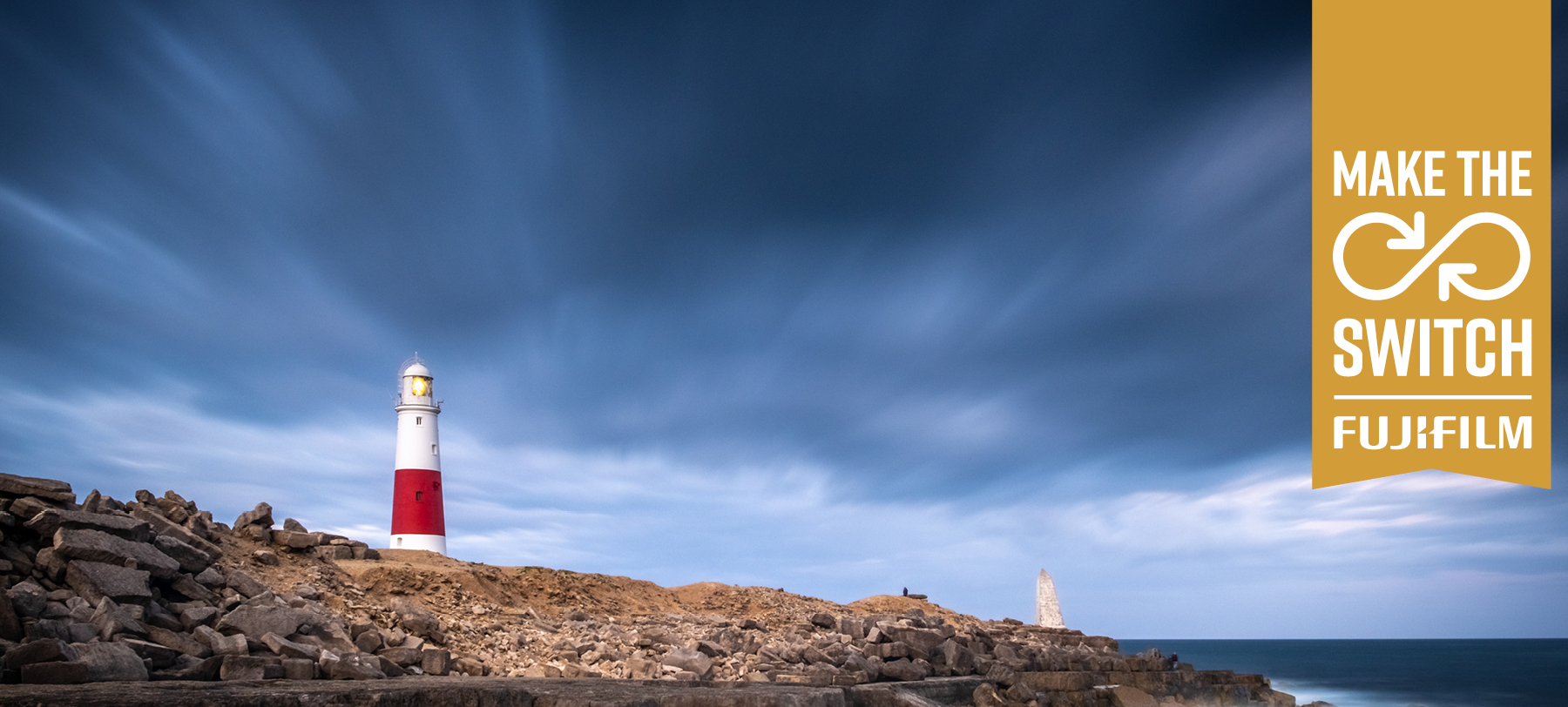
Nature photographer Daphne Wuenn swaps her DSLR for the Fujifilm X-T3 – Make the Switch
DSLR user Daphne Wuenn put the Fujifilm X-T3 digital mirrorless camera to the test along the south coast to see how it compared to her current set-up…
SPONSORED BY FUJIFILM
“I remember vividly when I grew up in the 80s that I almost always carried a camera with me. Once I was even allowed my dad’s film SLR camera, so I ventured out into our garden and took some close-up photos of flowers. I was impressed by the feel of the camera and the quality of the photos, but it wasn’t until 30 years later, after I had moved to the UK, that I invested in a DSLR – a Canon EOS 600D with an APS-C sensor – for documenting my everyday life.
“I live in Bournemouth on the south coast of England. Down here, we’ve got an impressive coastline and beautiful countryside on our doorstep, so I upgraded to the full-frame Canon EOS 6D in 2016 with a Canon EF 24-105mm f/3.5-5.6 IS STM lens. This was my starting point to get into the broad subject of nature photography and my collection has been growing ever since.
“The fact that I shoot both landscapes and wildlife means that on a normal trip out, I carry two camera bodies: the aforementioned EOS 6D with the 24-105mm, and an EOS 80D with the Sigma 150-600mm f/5-6.3 DG OS HSM C lens. Once I add two spare lenses plus a tripod and filters, it starts to get really heavy on my back and shoulders!
“The time has come to start looking into lighter options. Mirrorless cameras have been on the market for more than ten years now, but only recently have they become interesting to me. I always wanted to wait until there were more bodies available and a variety of lenses to choose from.
“I was delighted to be selected by PN to borrow some awesome kit. I chose the Fujifilm X-T3 body, the Fujinon XF18-55mm f/2.8-4 R LM OIS lens for my landscapes (as I like the flexibility with a bit of zoom) and the Fujinon XF100-400mm f4/5-5.6 R LM OIS WR, a long-lens equivalent to 600mm in 35mm format for wildlife shots.
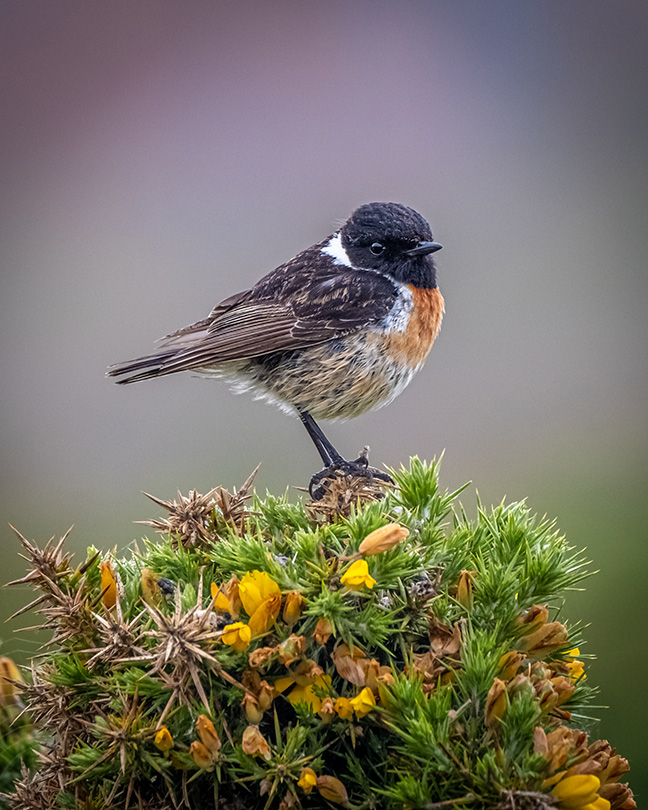
“I was instantly surprised by the lightweight camera body. The retro look and feel also immediately appealed to me. Compared to my old set-up, the big lens didn’t feel too heavy – it had just the right weight and length for steady handheld shots.
“The handling of the camera, with its generous complement of dials, an AF joystick and a touchscreen, was very easy to get used to. It felt a bit like an old-school SLR, the one my dad used to own in the old days, but with all the benefits of cutting-edge camera technology. One of the first things I noticed after I unpacked it was that it lacked a mode dial, but the external shutter speed dial on the camera and the aperture ring on the lens meant it didn’t need one. The ISO is also located as a dial on top of the body.
“I wanted to try the X-T3 out at locations in and around Bournemouth, Poole and Dorset. Unfortunately, the weather didn’t always comply with my plans – I had to carry the camera through some light drizzle on two occasions – but having an environmentally sealed camera body with a weatherproof lens, I wasn’t too concerned.

“On a trip to Hengistbury Head in Bournemouth, I found some stonechats modelling for me on top of the yellow gorse. The lens performed really well in these low-light conditions. I was impressed by the good dynamic range and the high ISO performance in the pictures. There is no in-body stabilisation in the X-T3 camera body, only in the lenses, but this performed exceptionally well! I was surprised by the formidable sharpness.
“The autofocus speed stood out, too – something essential when shooting wildlife, because birds won’t wait for you to press the shutter! My current set-up with the Canon body and the Sigma lens seems much slower and less reliable. The autofocus system starts with an impressive 117 points and can be extended to 425 altogether in certain modes. The small joystick on the back of the camera is a good solution for moving the focus point around the frame. Also impressive is the continuous shooting speed: a standard of 11fps with the mechanical shutter that can be extended to 20fps and 30fps with the electronic shutter. The EVF has a great resolution and a very high refresh rate, too, perfect for fast-moving subjects.
“I ventured over to Brownsea Island in Poole Harbour where there is a good population of red squirrels. These little creatures are really quick, and if they are not sitting still to eat some nuts they are all over the place. I took a lot of photos and was really glad to have the second SD card slot. It makes it easy to not have to swap cards mid-shooting.
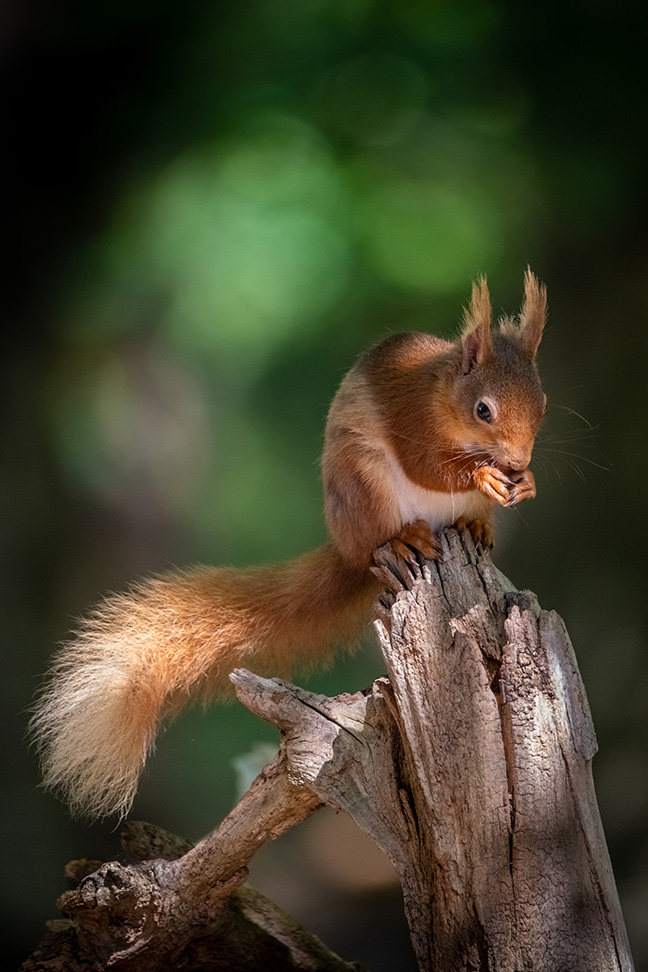
“My favourite locations are at the coast, but I also love the countryside. When shooting sunrises and sunsets in both locations I use filters, such as polarisers, neutral density filters and graduated filters, which all worked easily on this camera and lenses.
“I usually use different modes to shoot my landscapes – single shot and bracketing – but after looking into the X-T3’s Raw files in Lightroom, I realised that enough data could be recovered in the normal exposed shot, without having to use the bracketed shots to convert it into an HDR picture. The 26.1-megapixel back-side illuminated sensor delivers an especially impressive image quality, which is sharp even wide open.
“When shooting the 12th-century ruins of Knowlton Church, allegedly one of the most haunted places in Dorset, I only used the normal exposed shot to get all the data I needed for my editing. And the bonus: a fantastic sunburst peaking past the church. No ghosts peering through windows, though!
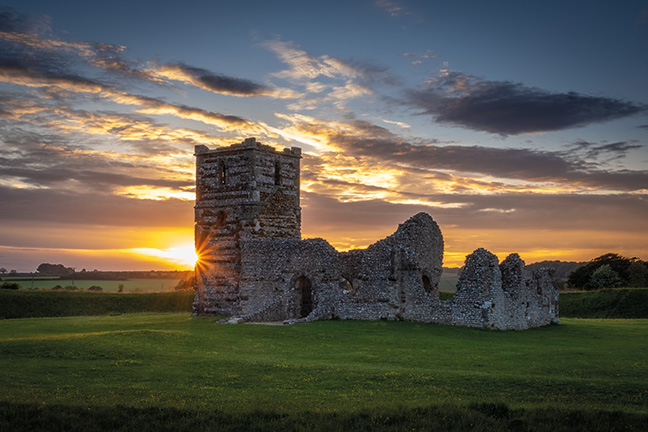
“I also took both lenses with me on a trip all the way out to the Isle of Portland and it didn’t feel too heavy on my back. I wanted to capture the picturesque lighthouses and the massive Pulpit Rock. Though my main aim was to do some long exposures, I walked back to the main lighthouse and climbed down to Pulpit Rock in the evening sun. Following an easy and quick set-up on the tripod, I stacked the filters on, connected the cable release and started shooting. Again, the changing of the settings was easy with the dials on top of the camera, without having to delve into the software.
“The last spot where I set up the gear was close to Pulpit Rock itself. This time, I dialled the exposure wheel on B for bulb mode for an even longer exposure of around two minutes. The exposure time was displayed on the back screen so I didn’t need to get my watch out to check the time. I was very pleased with the result – and the moment when the lighthouse switched on its light, while I was shooting, was the bonus of the day!
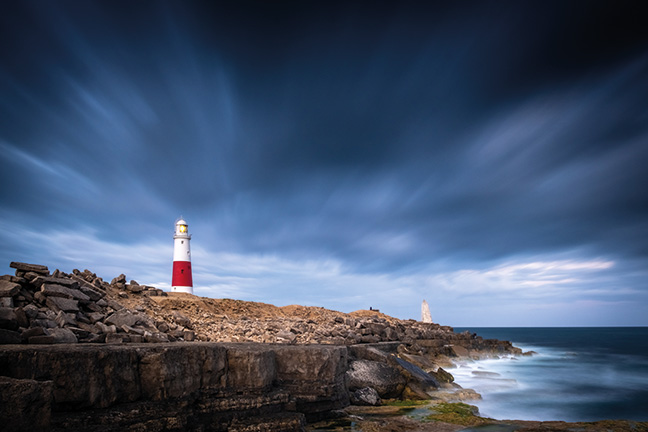
“Overall, I feel the Fujifilm X-T3 will be a leading contender when choosing a new mirrorless camera. The whole set-up is extremely impressive for me as an enthusiast, but it’s still in an affordable price range. I would certainly recommend it to anyone one who is thinking of swapping to a lighter, faster set-up in the future.”
Daphne Wuenn
Nature photographer, based in the south of England
daphnewuennphotography.com
@daphnewuennphotography

The kit Daphne used
Fujifilm X-T3
The Fujifilm X-T3 is a mirrorless digital camera, featuring a 26.1-megapixel back-side illuminated ASP-C sensor, blackout-free continuous shooting, an AF system with 2.16 million phase detection pixels providing 100% coverage, with the ability to record 4K/60p video in 4:2:2.
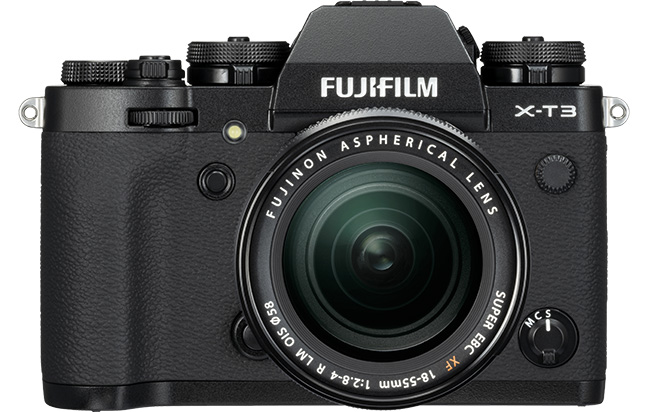
XF18-55mm f/2.8-4 R LM OIS
This standard zoom lens offers a maximum aperture of f/2.8, plus built-in Optical Image Stabilisation, all inside a remarkably compact and portable body. The result is a highly versatile lens that is comfortable in a number of shooting situations.
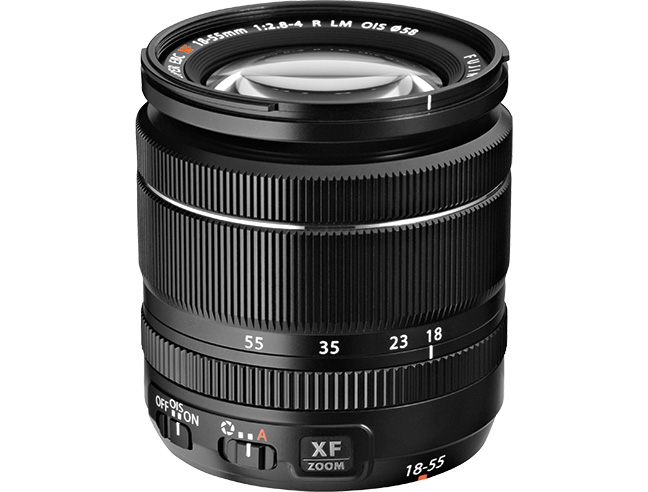
XF100-400mm f/4.5-5.6 R LM OIS WR
This super-telephoto zoom lens includes five ED elements and one Super ED element to combat chromatic aberration, while a linear AF motor and weather resistance make for outstanding performance when you need it most.
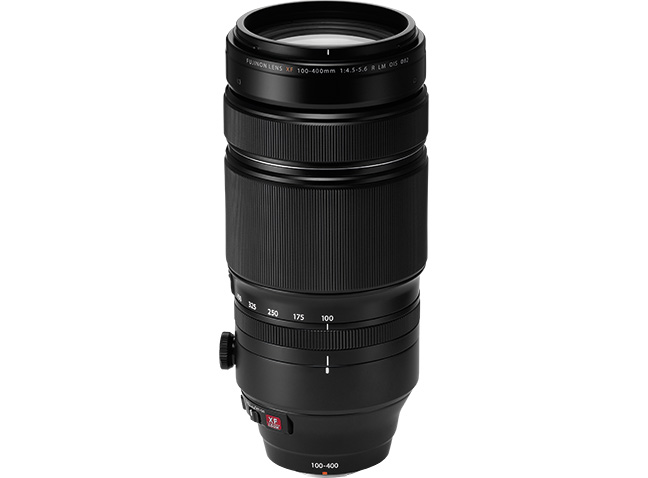
Get involved
If you’re looking to make the switch to Fujifilm and want to be featured in Photography News, click here, fill out the form and you could be selected to borrow a Fujifilm camera and two lenses for up to two weeks, free of charge! Terms and conditions apply and can be found here.




